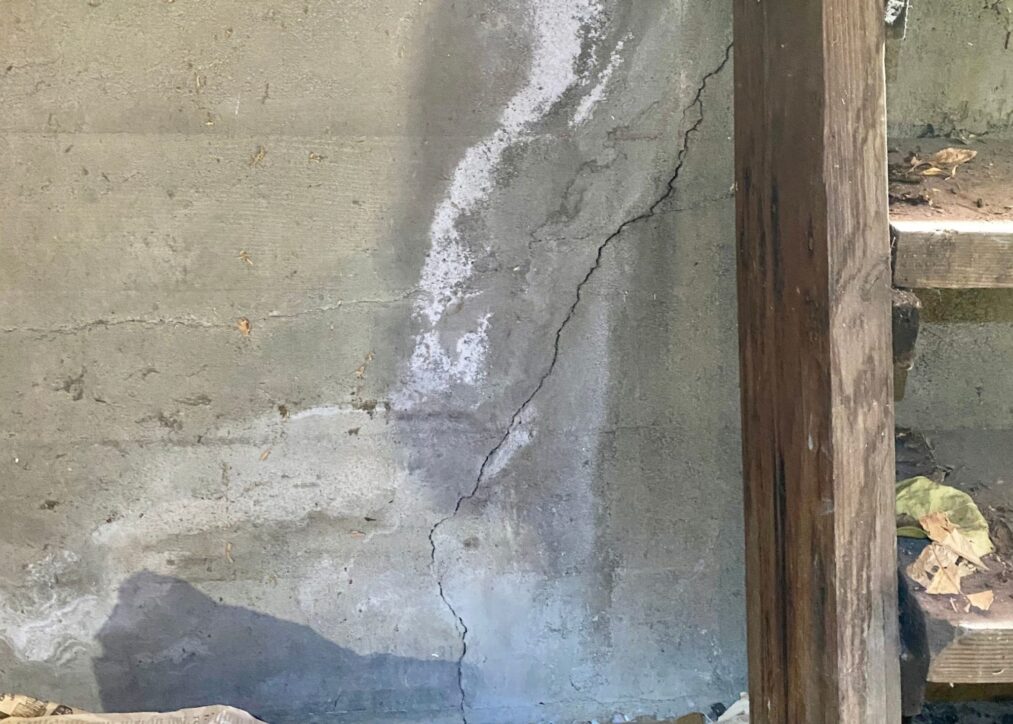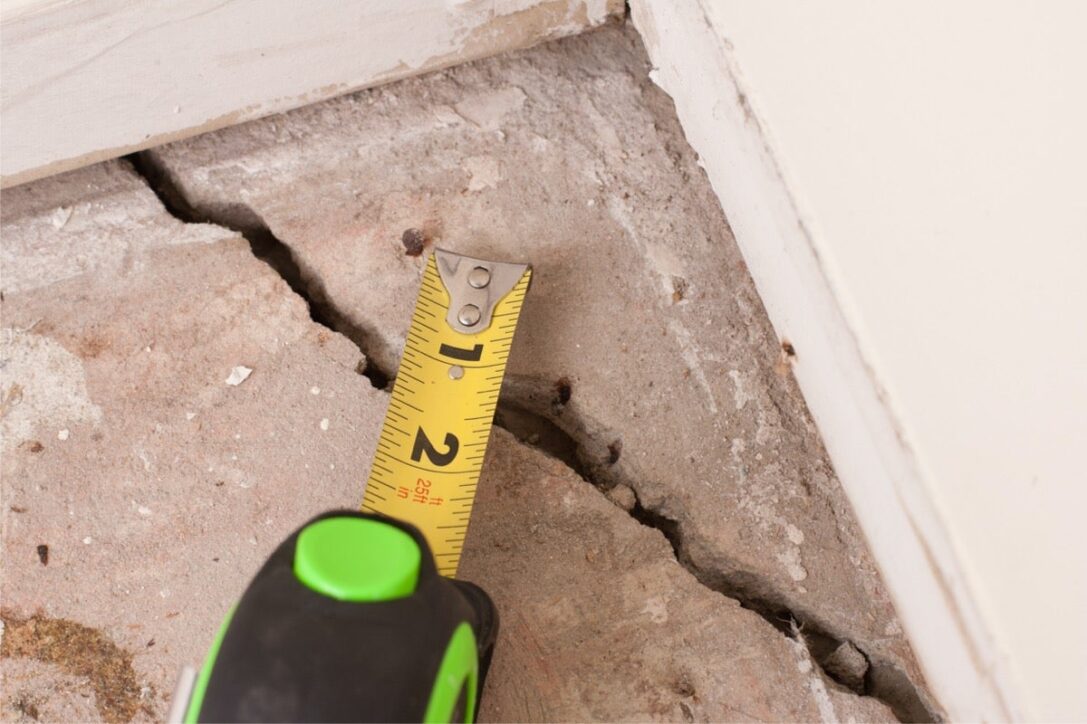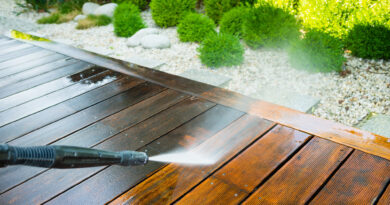A Few Things to Know About Cracks in the Foundation
You build your home with plenty of expectations, hopes, and joy. You start living in it from the time you imagine how your house should look. All the corners of the property get imprinted in your eyes, and you dream about residing there with your family, even in the construction or decoration phase. You buy the best items for different areas because everything should be perfect once you are there. Everything from wall décor to appliances and furniture bears a hint of your personality and taste. For instance, if you always talk about farmhouse-style décor, your choices will reflect it.
Once the house is ready and you occupy it, you practically enter the real world. One of the most common elements to reveal your love for farmhouse decor can be the kitchen farm sink bowls, an outstanding feature of such interiors.
Bare brick walls, pipe works, and worn furniture enhance the experience. But when the imaginary veil lifts, you may notice scary things about the house, such as a cracked foundation. It’s a nightmare for any new homeowner, whether the cracks are harmful or innocent. Let’s understand a few things about this situation to alleviate your stress.
Causes of rifts in the foundation

One of the leading reasons can be the use of poor building materials in construction. Even the quality of the soil can be a culprit. That’s why it’s necessary to test and compact soil to avoid cracking issues. Without compaction, the soil’s top layers will be unable to hold the weight of the entire structure. You must know that the earth’s clay and moisture content must be perfect.
A too-low or too-high amount of anything will cause the soil to shift and wreak havoc. The experts explain that high moisture levels force the ground to expand and lift your home’s foundation upside, resulting in cracks. Or parched soil will also move under the foundation.
Your house needs special care during heavy rainfall or snow-melting seasons. Another common risk is a natural disaster like flooding that sends water under the foundation. One may discount plumbing leaks as one of the solid reasons for cracks in the foundation, but please avoid this mistake. Remove any blockages or other issues from the pipes before the water seeps into the foundation and does its evil job. You must resolve your drainage, gutter, and downspout problems immediately.
Foundation crack types

Horizontal, vertical, hairline, structural, and non-structural are familiar sights. All these hints at an underlying condition. A horizontal crack along the wall length denotes the risk of unbalanced soil. The leading cause of this can be frequent leaks in the basement. Due to this situation, the foundation can bow inward. The unbalanced force on the foundation walls makes them succumb to damage. If a house stands on a poured or block foundation, one will likely face the problem of horizontal cracks. Even colder months can lead to this condition during freezing and thawing. Fortunately, these are repairable.
On the other hand, vertical cracks are less severe than them. But one must treat them. These cracks appear due to the concrete curing process, making the foundation settle down over time. The experts suggest polyurethane or epoxy injections in the fissures can solve this challenge for a few dollars. If you cannot do anything right away to treat this problem, don’t worry. You can do it later because your house’s structural integrity is safe. However, you must immediately start it out if structural cracks afflict your foundation. These serious cracks in walls and ceilings can be as deep as ¼ inches. The main aggravating factors are soil pressure, contraction, and fluctuating temperature. For this, you need epoxy material and some reinforcement work.
On the contrary, non-structural cracks don’t give you sleepless nights. Due to them, you can suffer from water leaks in bad weather. Your walls, flooring, furniture, and other belongings can be at risk. Plus, mold can also grow. Usually, these cracks measure smaller than 1/10 inch. You can relax about your home’s foundation. But be wary of the possibility of radon gas leakage in the basement. Moreover, most new homes usually deal with shrinkage cracks developed due to poured concrete drying in the foundation. Homeowners can repair these cracks for an affordable price owing to warranties.
Furthermore, another sight that can trouble you in the new house is the thin cracks. These usually occur within the first two years of construction because the foundation is still settling down while drying. You can opt for cosmetic treatment for them. So you must have figured it doesn’t threaten the structure’s integrity. If you are a DIYer, it can be a cost-effective repair project requiring you to spend only a few hundred dollars. Your home warranty may cover the expense.
Time to fix cracks in the foundation

You must have gathered now that many cracks are innocuous. They don’t threaten your foundation’s integrity. Some minor repairs can take care of them. But it should not make you ignore them, as they will grow with time. If you patch up a small crack now, you will not have to deal with a bigger problem in the future when the repair cost can be unbearably high.
Still, some issues deserve immediate attention, such as any crack size more than 1/10 inch wide or wider on one end, growing cracks, horizontal cracks, plenty of vertical cracks in smaller areas, diagonal cracks, and cracked ceilings and walls. As mentioned, not every rift is a threat. But when you see signs and symptoms, it’s wise to get your house inspected and repaired fast.
Spending money on a newly built house can feel like a pain. But some expenses are necessary, so you should prioritize them. Once your home is safe, you can decorate and beautify it as you continue to live there. You can enjoy your stress-free nights and mornings. Please don’t postpone damage repair, especially when you can pay for them. For saving a few hundred dollars now, you will burn a hole in your pocket later.



